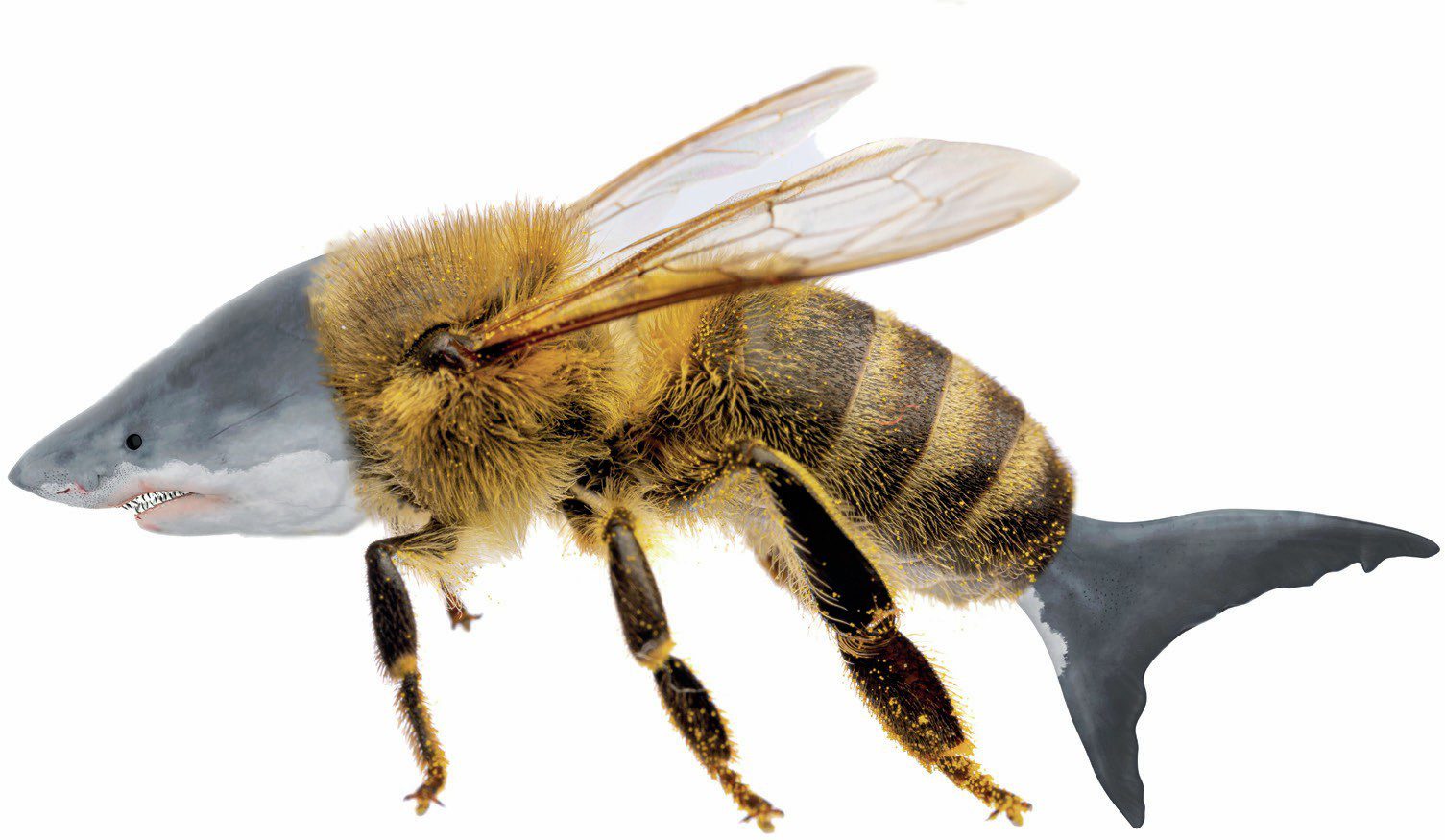Every morning I walk my backyard looking for Zen. It’s not that I have Zen in my mind to find Zen, one cannot find something that is never lost. But every morning with a cup of coffee, I walk my backyard seeing the fall flowers blooming, the bees and butterflies doing their nectar dance.
One morning I noticed a large number of bumble and honey bees asleep in our rather large and prosperous Mexican bush sage. It was a cold morning for South Carolina, 45 degrees Fahrenheit, and the bees were frozen to the stalks of the purple and white flowers. Their little legs wrapped around the hardy stalk waiting in a state of torpor.
What is torpor, you might ask? Well, here’s a simple description – when cold weather temperatures set in, honey bees will go into a state of torpor, which enables animals and insects to survive periods of reduced available food. Torpor is a sleep-like state of decreased physiological activity in an animal usually through a reduced body temperature and lower metabolic rate.
As the morning sun brings warmth to the sage, the bees get busy coming out of their surviving slumber and start doing their thing. The flying wizards buzzing from flower to flower in a whirl of pollination delight.
Years ago, I would have run from the bees doing their thing, fear of the sting and the pain that the little demons might bring. But over the years of building my flower garden I have come to know the bees better. I sat right next to the working bees for a hour and watched in wonderment how they wanted nothing to do with me. I am not a flower.
In Zen, the primary struggle is fear of our fears. As a diver my greatest fear was sharks. I had watched Jaws and Shark Week too many times and would never go on a shark dive. My whole family, even my newly certified kids, would go seeking the exciting experience of seeing these amazing creatures in the ocean. Me, well, I would hide in the condo and nap with my shark fear, and deal with my judgement that my kids could dive with these primal predators and I could not.
There is nothing wrong with fear, it helps us, protecting us and our loved ones, but it can be debilitating to the point of inhibiting our ability to enjoy life. My fear was a form of torpor, and not a healthy example. Taking the shark nap surely lowered my physiological anxiety and blood pressure, but it was not energizing me to drink the ocean’s nectar of primal life. The Zen of life has a way, if you allow it, to address your fears at the right time. My wife, Margo, knew I was afraid of sharks but also knew I loved the evolutionary science of the Galapagos.
So, when she charted a liveaboard for our travel company, I was excited to see the Darwin’s finch and all the unique animals of the Galapagos. I jumped at the chance to go.
When my dive buddy wife mentioned to me there was shark diving, I dismissively glanced at her for a moment as I was deep into rereading of The Beak of the Finch: The Story of our Time. She smiled, forgetting to tell me every dive in the Galapagos would be a shark dive.
My scientific ‘Finch Torpor’ did not last for long on our first dive at Darwin’s Arch. I was hanging at 70ft watching the Galapagos sharks swimming a foot over my head. I sat with my fears and tried to breathe, best I could, with the fear and anxiety in my head of a great white emerging from the deep. As dives go, it was not one of my best, I ran low on air 35 minutes into my dive. My shark fear was still there, but I was getting used to it – 35 minutes a tank.
For me, facing my shark fear in physical form was important, my Zen training made me breathe through my reg and be mindful of my thoughts and delusional concerns. I awoke from my ‘Torpor of Fear’ and realized sharks, like bees, wanted nothing to do with me.
NB: Tom has been back to the Galapagos twice and plans to see his shark friends again in 2023. He is averaging 55 minutes a dive in the Galapagos now. He has never been bitten by a bee or a shark.

This article was originally published in Scuba Diver North America #12.
Subscribe digitally and read more great stories like this from anywhere in the world in a mobile-friendly format. Link to the article








